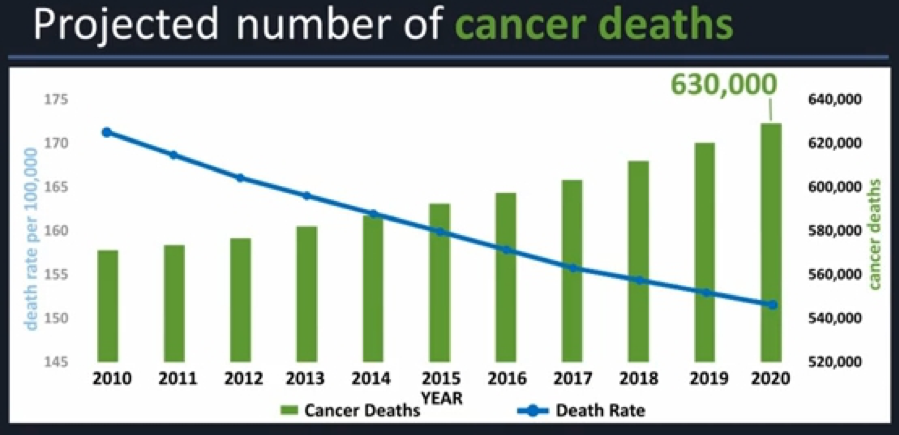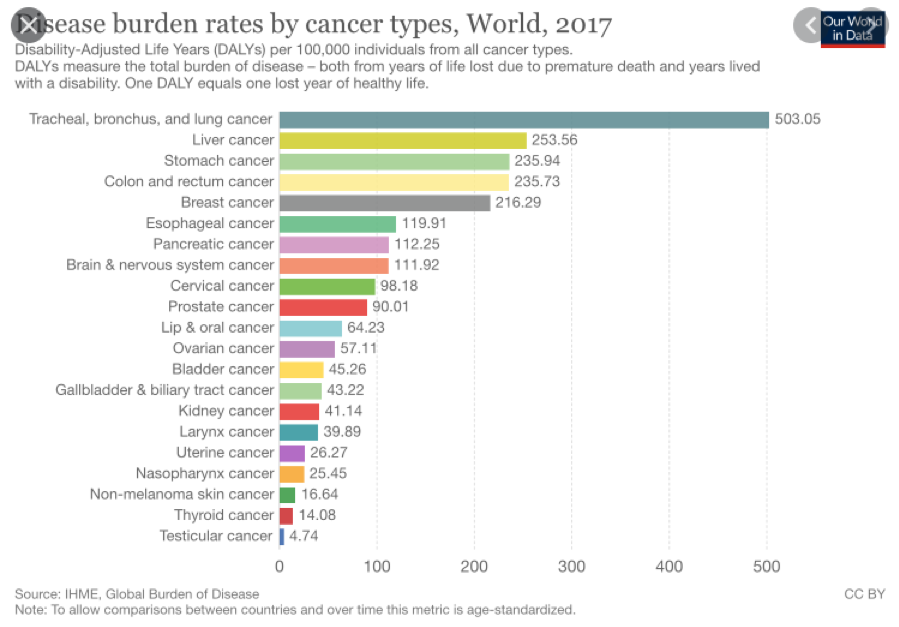Cancer is a cunning enemy.
I’m writing about this subject today because there is an immediate trading opportunity. I’m writing it because you personally may have to bet your life on using this advanced technology someday.
Solid tumor cancers, like those affecting the breast and the lungs, require stringent treatments including chemotherapy, radiation, and surgery. When the tumors are not completely eliminated, there’s a high risk of cancer coming back to haunt the patient once again.
In fact, around 20% to 40% of women in the US who go through partial mastectomy still go back for surgery. This is because there are marginal tumors that remained -- the ones that the surgeons failed to spot the first time around.
This is where a groundbreaking technology comes in.
In 2019, the US Food and Drug Administration approved the first-ever cold atmospheric plasma technology to remove microscopic cancer tumors that linger even after surgery. Recently, we learned from one of our subscribers that the first approved clinical trial was a success.
The procedure was done by a surgical team in Israel in cooperation with an American company, US Medical Innovations LLC. The two teams utilized USMI’s patented Canady Helios Cold Plasma Scalpel (CHCPS) to help a patient suffering from a rare advanced reoccurring inoperable retroperitoneal sarcoma.
The 33-year-old patient was first diagnosed at age 20. Since then, he had to undergo surgery twice because his tumors kept reoccurring.
Here’s a bit of context on the complexity of the patient’s condition and possibly the reason why the surgeons couldn’t get to all the tumors the first two times.
The retroperitoneal space, which is where they detected the sarcoma, covers sections of the abdominal cavity, the duodenum, the kidneys, adrenal glands, both ascending and descending colons, parts of the rectum, and the pancreas. Needless to say, the affected area extends over a huge part of the patient’s body.
The surgery in Israel, which was performed on August 20, 2019, aimed to completely eliminate all the tumors. To do this, the surgeons used the cold plasma scalpel to selectively kill cancerous tissue.
To be specific, the surgical team first removed the tumor along with its attachment located in an adjacent tissue in the abdomen. Then, the patient underwent radiation therapy. After those, cold plasma was sprayed over the surgical site. The entire process was successful, and the patient went home to the US in September 2019.
Here’s a brief discussion of this groundbreaking technology.
Plasma, albeit the state of matter we’re least familiar with, is said to be the most common form found in the universe. Generally, plasma is hot and runs on high temperatures like the stars.
However, it can be manufactured at a low temperature by partially ionizing a gas such as helium. Doing so produces cold plasma.
In the past years, cold plasma has seen various applications including killing bacteria on medical equipment, human skin, and wounds. It has even been used to get rid of the smell of deep fryers.
However, the most exciting application that has been in the works for quite some time now is cancer treatment.
Through various trials done on animals and cultured cells, researchers found that cold plasma is a productive and selective cancer killer.
This particular form of matter can create toxic molecules called reactive oxygen species (ROS). These molecules can damage tumors while keeping healthy cells safe.
It’s a brilliant way to kill the cancer cells since the tumors are already highly oxidized, leaving a fairly simple job for the toxic molecules.
When the ROS comes in contact with the highly oxidized cancer cells, the latter’s oxidization levels are pushed through the roof, effectively killing them.
To harness the power of this form of matter, USMI created the cold plasma scalpel.
The CHPCS is a pen-like electrosurgical scalpel. It sprays a blue jet of cold plasma on the surgical site for roughly two to seven minutes, which means that all the remaining cancerous tissue or cells are in the blast zone.
As demonstrated in the successful clinical trial, the procedure only affected the remaining tumors and left healthy tissues safe.
Although this is definitely amazing work, it should be remembered that cold plasma technology is not a substitute for other cancer treatments like chemotherapy, radiation, and surgery.
Rather, think of cold plasma technology as “Pulp Fiction’s” infamous Winston 'The Wolf' Wolfe. Its role is to “clean up” the residual cells after surgery and eliminate any possibility of a tumor returning with a vengeance.




